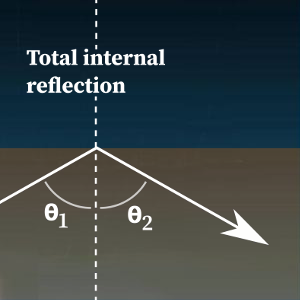
![[M↓]](../../images/markdown.transparent.png) Markdown, makefile
Markdown, makefile
 Days to Next Sector Boundary Crossing
Days to Next Sector Boundary Crossing IMF & Solar Wind
IMF & Solar Wind Interplanetary Magnetic Field Polar Angle
Interplanetary Magnetic Field Polar Angle Solar Wind Density
Solar Wind Density Relativistic Electrons History & 3-Day Forecast
Relativistic Electrons History & 3-Day Forecast HF Propagation Overview
HF Propagation Overview Real-Time fo,F2 Map Depicts Maximum NVIS Frequency
Real-Time fo,F2 Map Depicts Maximum NVIS Frequency Extra D‑Layer Absorption Caused by X‑Ray Flares
Extra D‑Layer Absorption Caused by X‑Ray Flares Polar Cap Absorption by Solar Energetic Particles
Polar Cap Absorption by Solar Energetic Particles Lightning Strikes QRN & Sporadic Es
Lightning Strikes QRN & Sporadic Es Aurora Caused by Geomagnetic Disturbances
Aurora Caused by Geomagnetic Disturbances Near Vertical Incident Skywave Optical Equivalent
Near Vertical Incident Skywave Optical Equivalent Total Internal Reflection Explained
Total Internal Reflection Explained fo,F2 and fx,I
fo,F2 and fx,I
TODO
Flares originating from active solar regions may increase the power flux of X-rays up to a million times. The intensity of the solar X-ray power flux is expressed on a logarithmic scale with a letter indicator (A, B, C, M or X) followed by a digit. As X-rays are electromagnetic waves, Earth-directed X-rays reach our planet in eight minutes time. X-ray radiation is highly ionising and will penetrate the ionosphere deeply. X-rays from solar flares will increase the ionisation of the D-layer which, at Earth’s daytime side, will become more absorptive to HF signals. The lower HF spectrum will be most attenuated.
Occasionally, any type of active solar region, including flares, may produce a coronal mass ejection (CME). The energetic particles of an Earth directed-CME will reach Earth in between 19 hours and five days, depending on the speed of these particles. If the Earth-directed CME is particularly dense, the proton flux above the geomagnetic poles will increase dramatically, resulting in polar cap absorption (PCA).
NVIS propagation relies on the operating frequency being lower than \(f_{o,F2}\), the ordinary critical frequency of the F2 region. This allows for total internal reflection to occur at the height of maximum electron density of the F2 region, reflecting signals back towards a relatively broad area upon Earth. Note that during night time, the F1 and F2 regions in the ionosphere recombine to a single layer, which we still call F2.
During the winter of 2015–2016, I became aware that \(f_{o,F2}\) above Western Europe regularly drops below 3.5 MHz as early as 7 PM local time (Figure 1). When this happens, all NVIS signals on 80 m literally fade away. On the other hand, oblique DX signals from Russia on 80 m remain unaffected as MUF3000 km, the maximum usable frequency for 3000 km ionospheric hops, may still be as high as 7 MHz.
Radio stations in North America are even more prone to this phenomenon. This is because of the location of the north magnetic pole being offset from the geographic north pole. The north magnetic pole is currently located near Ellesmere Island in northern Canada. This, in combination with the South Atlantic Anomaly, causes \(f_{o,F2}\) to be lower in North America when compared to other places for the same latitude and time of day. That is of course, assuming HAARP is not active!
In short, to ensure the availability of a reliable NVIS channel at all times, your station needs to be equipped with a 160 m MF antenna in addition to any 80 & 40 m HF antennas.

TODO
An anisotropic medium, simply put, is a medium with different
Low hanging NVIS dipole antennas show very little directivity. Hence, the azimuthal orientation of an NVIS antenna is commonly thought to be irrelevant. However, quite the opposite is true. To make this point, here is an example:
Say, a Dutch net leader is located in the beautiful university city of Leiden, Holland, which is in the west of the Netherlands. Almost at the same latitude and 165 km to the east, in Enschede, Twente region, are located two of his correspondents.
The magnetic field of the fast solar wind can disturb Earth’s geomagnetic field. A disturbed geomagnetic field results in auroral ovals that are larger, more intense and lower in magnetic latitude than under normal, quiet conditions. This is indicated by larger planetary Kp values. Severe geomagnetic storms occur when Kp > 4. Their severity is expressed from G1 to G5 on NOAA’s geomagnetic storm scale.
TODO


The presence of a transient, fairly local, sporadic Es layer is a relatively common phenomenon. Sporadic Es layers are patches of relatively high electron density at a height of in between 90 to 160 km. The patches of sporadic Es are in fact clouds of ionised metal atoms from disintegrated meteorites. These clouds are subject to high altitude winds which render the phenomenon transient at any location. This also explains why sporadic Es can appear at any time of day and night, even though the ionisation of the metal atoms only occurs during daytime and more so in summer.
Sporadic Es significantly affects radio propagation.
TODO
VHF enthusiasts
During the summer months, sporadic Es is more common and seems to coincide with thunderstorms. It remains unclear whether lightning provokes sporadic Es, or whether, to the contrary, sporadic Es augments the incidence of lightning. Personally, I am inclined to believe the latter is what really happens. The introduction of an additional ionised layer in series between the normal sky–earth charged capacitor may well increase the voltage over the smallest capacitance, the unionised troposphere, leading to a voltage breakdown and the corresponding lightning flashover.
TODO
harmonics of 500 kHz

